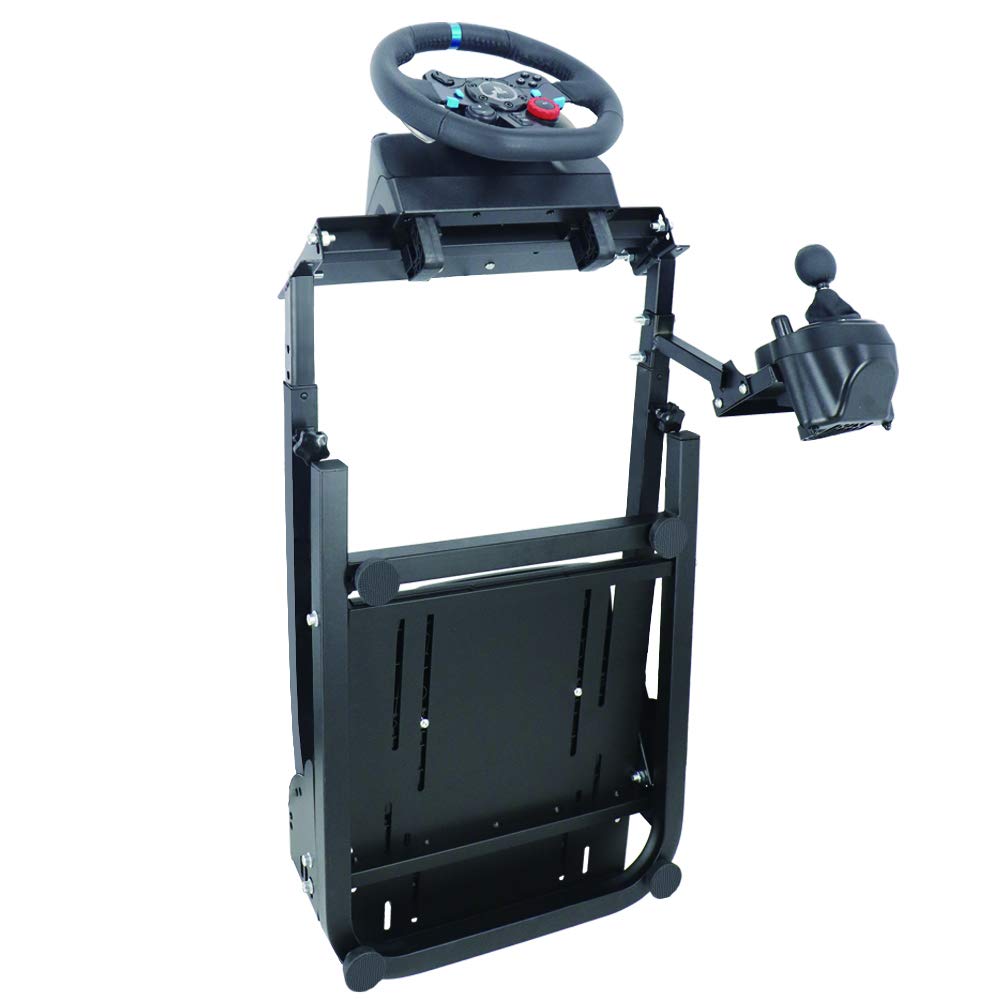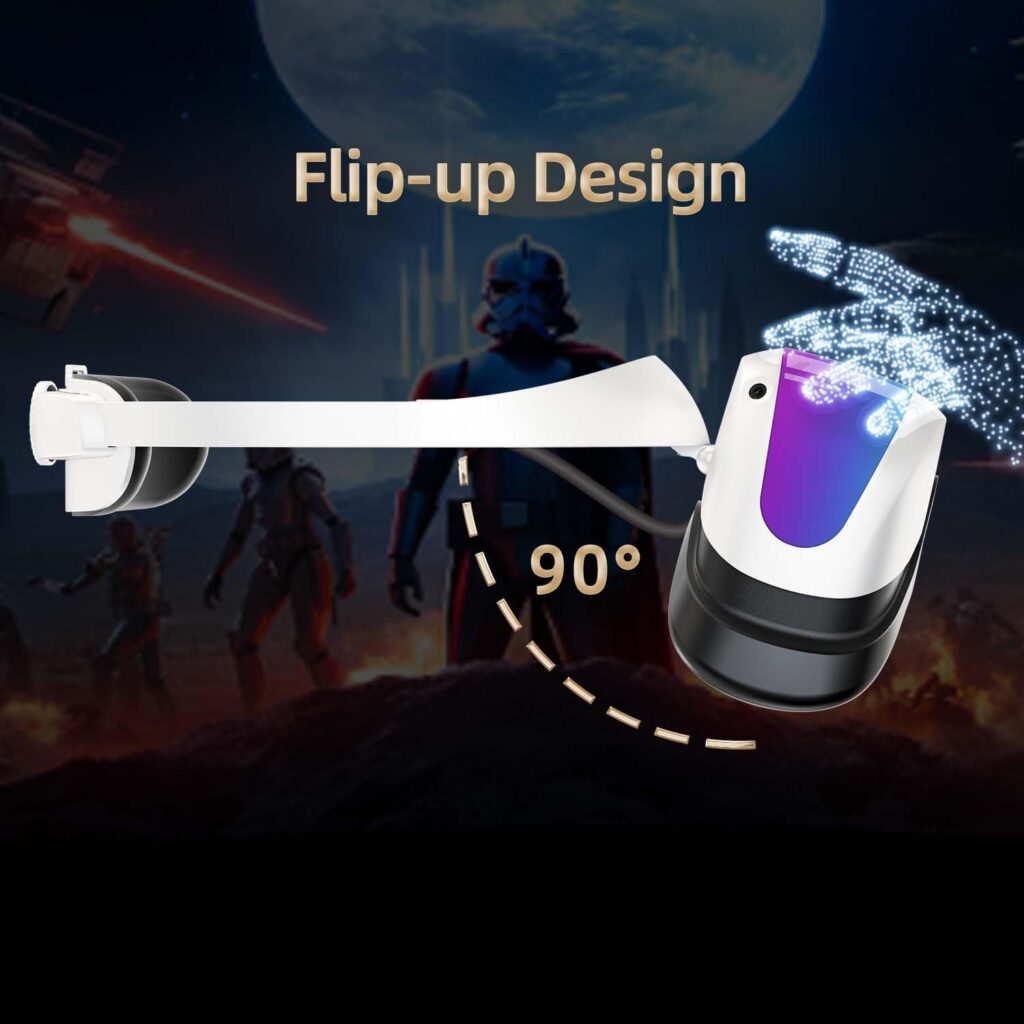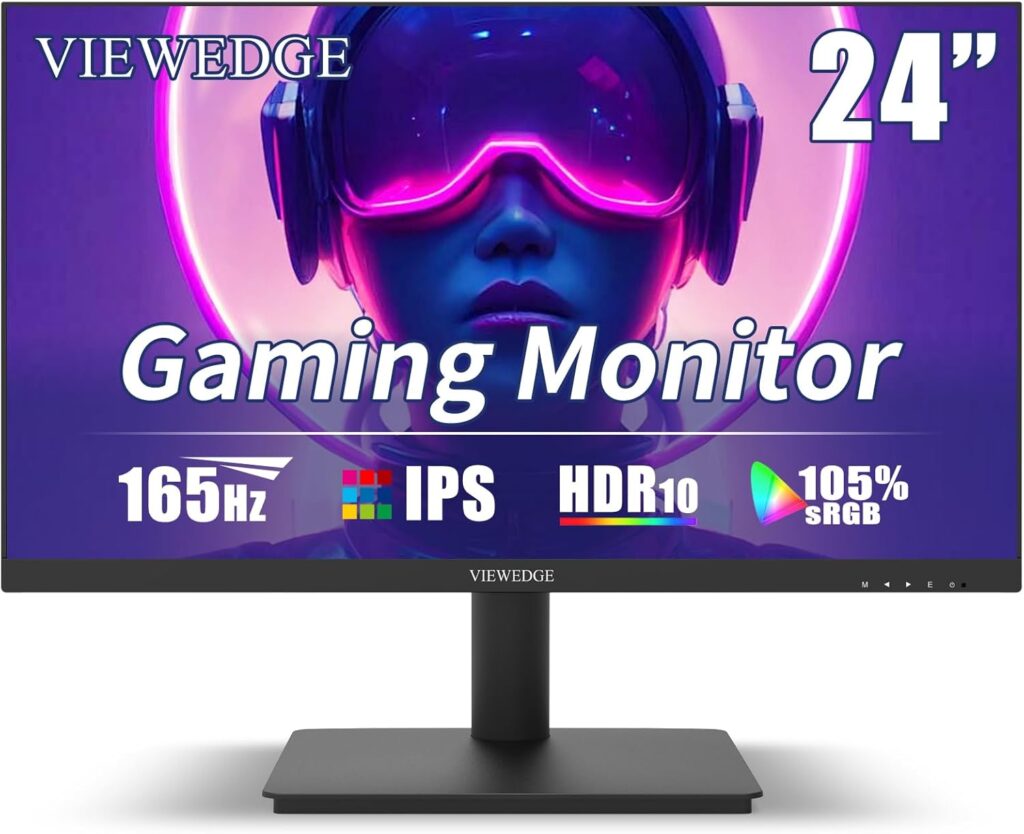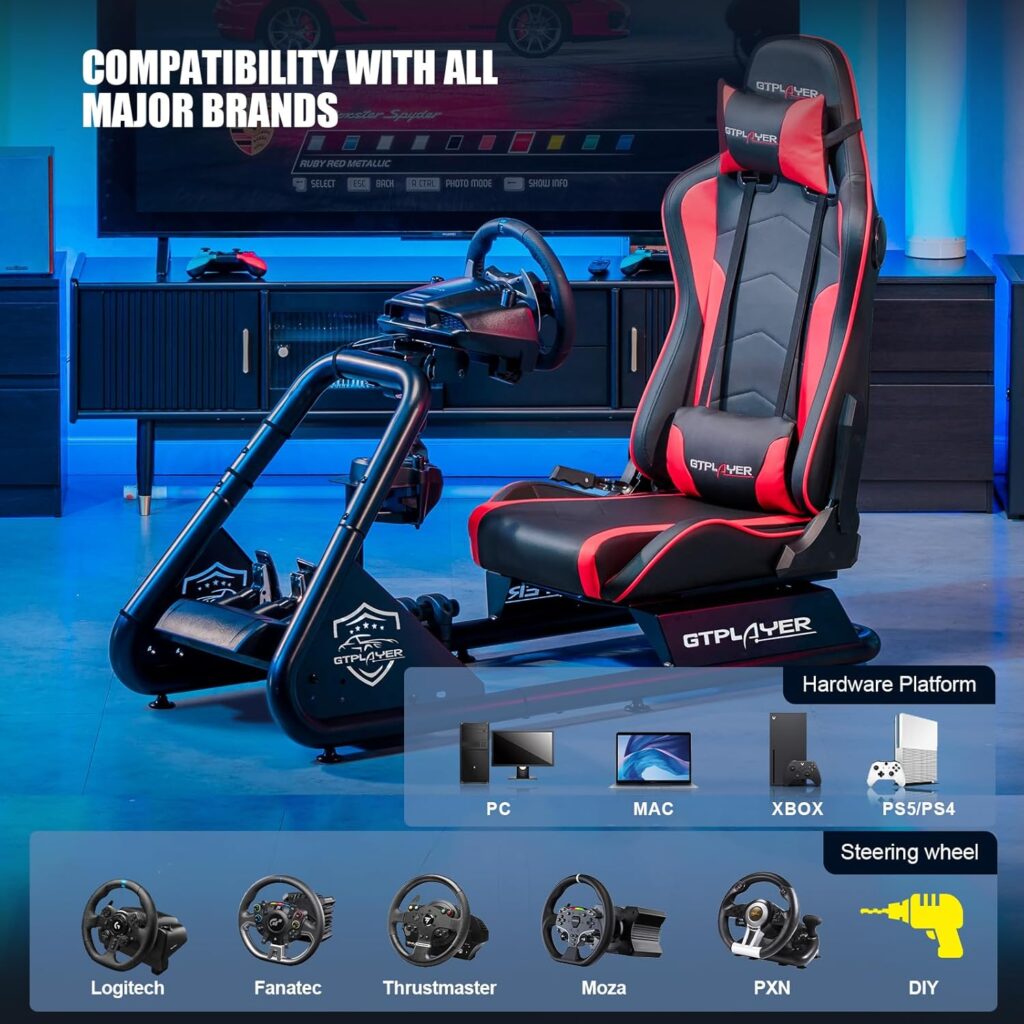Did you know that sim racing has experienced a surge in popularity over the past few years, with a global community of over 10 million players and counting?
If you've ever been intrigued by the idea of racing from the comfort of your own home, then 'The Rookie's Guide to Sim Racing: Start Your Engines' is here to help you navigate this thrilling world.
From understanding the basics of sim racing to choosing the right equipment and exploring the competitive scene, this comprehensive guide has everything you need to get started.
So, buckle up and prepare to discover the exhilarating world of sim racing like never before.
Key Takeaways
- A proper sim racing setup includes a racing wheel, pedals, and a racing seat.
- Learning driving techniques and understanding car classes are important for better lap times.
- Investing in quality gear and understanding build quality elevates the sim racing experience.
- Continuous learning and improvement are key to success in competitive sim racing.
Understanding Sim Racing Basics
To get started with sim racing, it's important to have a solid understanding of the basics. Sim racing is the virtual recreation of real-world racing, offering a highly realistic and competitive gaming experience. Whether you're a novice or an experienced gamer, understanding the fundamentals is crucial for your success on the virtual track.
One of the first things you'll need is a proper sim racing setup. This typically includes a racing wheel, pedals, and a racing seat. For a more immersive experience, you can invest in additional peripherals and dedicated rigs. Sim racing steering is an essential component, as it allows you to have precise control over your virtual vehicle.
Sim racing wheels come in different types and sizes, each offering unique features and functionalities. It's important to choose one that suits your preferences and budget. Additionally, learning the proper driving techniques is crucial for achieving better lap times. Understanding car classes, such as open-wheel or GT racing, will help you choose the type of racing that interests you the most.
Simulator games are the heart of sim racing, offering a wide range of tracks and vehicles to choose from. These games provide a realistic experience, allowing you to fine-tune your skills and compete in competitive online racing. So, if you're ready to dive into the world of sim racing, make sure you have the right equipment, learn the proper techniques, and start improving your lap times.
Essential Equipment for Sim Racing
Investing in the right equipment is crucial for a successful and immersive sim racing experience. To fully enjoy the world of sim racing, here are four essential pieces of equipment you'll need:
- Racing Wheel and Pedals: A quality racing wheel with force feedback capability is the heart of any sim racing setup. Force feedback technology provides realistic feedback, replicating the feel of the road and enhancing the immersion. Look for racing wheels with a high refresh rate to ensure smooth and precise inputs. Additionally, pedals with a clutch, brake, and accelerator are essential for a realistic driving experience.
- Sim Rig: A sturdy racing cockpit or sim rig is essential for stability and comfort during long sim racing sessions. A well-built rig provides a realistic driving position and minimizes vibrations, allowing you to focus on the race. Look for a rig that's adjustable to accommodate different body types and preferences.
- Additional Peripherals: While not essential, additional peripherals like a shifter and handbrake can enhance the sim racing experience by adding more realism and control options. A VR headset can also provide a more immersive experience, making you feel like you're actually inside the virtual world of racing.
- Motion Platform and Load Cell: For those seeking the ultimate immersive sim racing experience, a motion platform can simulate the movements of the car, adding another layer of realism. Additionally, a load cell brake pedal can provide more accurate and consistent braking, allowing for better control over the virtual car.
With the right hardware and software, sim racing can transport you to the exciting world of racing simulators like Gran Turismo. Invest in quality equipment to elevate your sim racing experience and enjoy the thrill of the track from the comfort of your own home.
Exploring Different Sim Racing Peripherals
Now that you have the essential equipment for sim racing, let's dive into the exciting world of exploring different sim racing peripherals. As a rookie in the sim racing world, it's important to understand that serious sim racers often invest in high-quality sim racing gear to replicate the experience of driving a real racing car.
One of the most sought-after peripherals for sim racing is the F1 wheel. Designed to mimic the steering wheel of an actual F1 car, these wheels offer a more immersive and authentic racing experience. With their advanced features and build quality, F1 wheels are a favorite among racing drivers and professional sim racers.
Another crucial peripheral to consider is the brake pedal. In real racing, braking is a crucial aspect of performance, and sim racing aims to replicate this. High-end sim racing pedals often come equipped with load cell technology, which provides more realistic and precise braking sensations.
Aside from wheels and pedals, there are other peripherals that can enhance your sim racing experience. These include wheelbases, which provide the force feedback and power to control the F1 wheel, and various software settings that allow you to customize your sim racing setup to your preferences.
Exploring different sim racing peripherals is an exciting journey that allows you to create a professional sim racing setup. By investing in quality gear and understanding the importance of build quality and realistic sensations, you can elevate your sim racing experience to new heights.
Setting Up Your Sim Racing Gear
When setting up your sim racing gear, it's crucial to ensure that your pedals and wheel are positioned in a comfortable and ergonomic setup. Here are some key steps to follow:
- Calibrate and adjust the sensitivity of your pedals and wheel to your preference. This will help you achieve the desired level of responsiveness and control. Make sure to test different settings and find what works best for you.
- Ensure all software and drivers for your sim racing equipment are up to date. Regularly check for updates from the manufacturers' websites to ensure you have the latest features and bug fixes. This will help optimize your gear's performance and compatibility with your racing software.
- Explore and fine-tune settings in your sim racing software for an optimal experience. Adjusting parameters such as the Field of View (FOV) can greatly enhance your perception of speed and depth, improving your overall racing experience. Experiment with different settings and find what suits you best.
- Consider using a dedicated sim racing rig or setup for a more immersive experience. Motion platforms, virtual reality headsets, and laser-scanned tracks can all contribute to a more realistic and immersive racing experience. While not essential, they can greatly enhance your enjoyment and help you develop better racing skills.
Exploring the World of Competitive Sim Racing
Once you have your sim racing gear set up and optimized, it's time to dive into the exhilarating world of competitive sim racing. Whether you're a seasoned racer or just starting out, competitive sim racing offers an authentic racing experience right from the comfort of your own home. There are different platforms and leagues available that cater to a wide range of skill levels and interests.
To improve your sim racing skills, it's important to spend time on the track. The more time you spend practicing and honing your skills, the better you'll become. One great starting point is to explore the best sim games available. These games offer realistic physics and graphics, providing the closest experience to real-world racing.
Competitive sim racing also allows you to build a network within the sim racing community. You can connect with other like-minded individuals, share your knowledge, and learn from others. Many platforms and leagues offer additional content such as tutorials, forums, and live events, which can further enhance your sim racing experience.
When deciding which platform or league to join, there are a few factors to consider. One important factor is the field of view. Some platforms offer a wider field of view, allowing for a more immersive racing experience. Additionally, consider the availability of races and tournaments, as well as the level of competition.
Frequently Asked Questions
Which Game to Start Sim Racing?
To start sim racing, it's important to choose the best racing simulators for beginners. Look for games with helpful tutorials and adjustable difficulty settings.
Also, consider the importance of realistic racing physics in simulators for a more immersive experience.
As you progress, join sim racing communities to learn from experienced racers and improve your skills.
Explore different racing disciplines and tracks to keep things exciting.
Set up your sim racing cockpit and invest in a racing wheel with force feedback for a more authentic feel.
The future of sim racing looks promising with VR and augmented reality integration.
What Is the Basic Setup for Sim Racing?
When it comes to sim racing, there are a few key things to consider for your basic setup.
First, choose the right racing wheel that suits your budget and preferences.
Set up your racing seat for comfort and adjust the pedal sensitivity to your liking.
Configure your field of view for optimal visibility and customize your controller settings.
Fine-tune your graphics settings for a more immersive experience and explore different racing perspectives.
Lastly, don't forget to learn the art of shifting for that authentic racing feel.
How Much Does It Cost to Get Started With Iracing?
To get started with iRacing, there are a few key costs to consider. Firstly, you'll need to pay a subscription fee, which can start at around $13 per month. iRacing also offers discounts for longer subscription periods.
In addition to the subscription fee, you'll also need to purchase additional car and track content. The cost of this content can range from $11.95 to $14.95. This additional content allows you to expand your racing experience and access more cars and tracks.
Lastly, you'll need the right equipment to fully enjoy iRacing. This includes a compatible racing wheel and pedals setup. The cost of these setups can vary greatly, ranging from around $200 to well over $1000. It's important to choose a setup that suits your preferences and budget.
Can Beginners Play Iracing?
Yes, beginners can definitely play iRacing!
It has a helpful driver tutorial to ease you into the game.
You can start with a basic setup, but investing in a wheel and pedal set can enhance your experience.
iRacing matches you with drivers of similar skill levels, so the learning curve is manageable.
There are various car classes and tracks to choose from, allowing you to find your perfect fit.
Joining a community or league within iRacing can provide valuable guidance and support as you start your sim racing journey.
Conclusion
Congratulations, rookie! You've taken your first step into the thrilling world of sim racing. Just like a skilled driver navigating the twists and turns of a race track, you've gained valuable knowledge on the origins, equipment, and setup of sim racing.
Remember, every journey starts with a single lap, and with dedication and practice, you can become a formidable competitor in the world of competitive sim racing.
So, buckle up, rev your engines, and get ready to chase your dreams on the virtual road!




